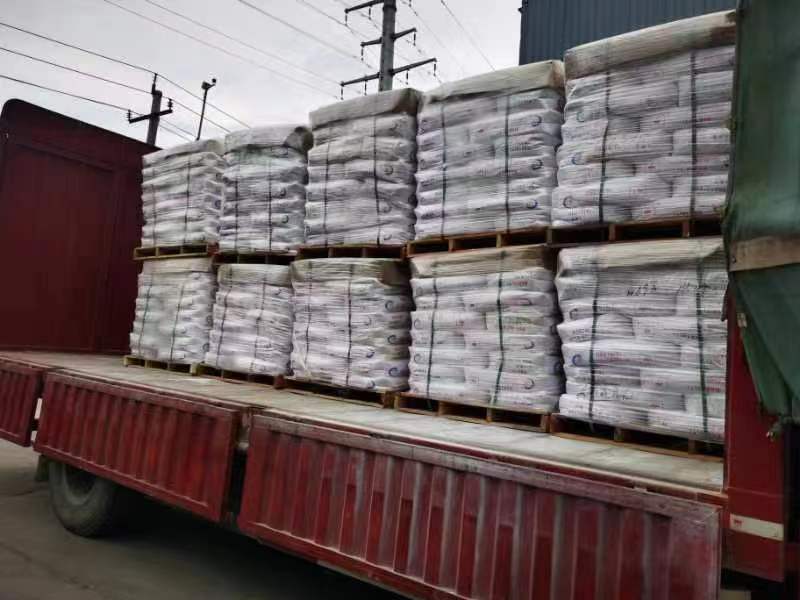
តុលា . 08, 2024 09:16 Back to list
Classification Methods for Titanium Dioxide Production in Manufacturing Facilities
Classification of Titanium Dioxide Factories
Titanium dioxide (TiO2) is one of the most widely used white pigments globally, known for its excellent opacity, brightness, and UV resistance. Its primary applications span various industries, including paints, coatings, plastics, paper, and cosmetics. The production of titanium dioxide occurs in specialized factories that can be classified based on their manufacturing processes and the end-use products they produce. The two primary methods for titanium dioxide production are the sulfate process and the chloride process, each leading to different types of factories.
1. Sulfate Process Factories
Factories employing the sulfate process typically extract titanium dioxide from ilmenite ore. This method involves a series of chemical reactions that convert ilmenite into titanium sulfate, followed by hydrolysis to produce titanium dioxide. Sulfate process plants are characterized by their ability to process lower-grade ores, making them an essential choice in regions where high-grade raw materials are scarce. The by-products of this process, such as iron sulfate, can also be utilized in other applications, adding value to the factory’s overall output. However, this method often generates more waste and requires careful management to minimize environmental impact.
2. Chloride Process Factories
classification of titanium dioxide factory

On the other hand, factories utilizing the chloride process generally focus on high-purity titanium feedstocks, such as rutile or synthetic rutile. This method involves the reaction of titanium feedstock with chlorine gas, resulting in the formation of titanium tetrachloride, which is then purified and oxidized to yield titanium dioxide. Chloride process factories are known for producing higher-quality TiO2 with finer particle sizes and enhanced properties, making the product suitable for demanding applications like high-performance coatings and specialty products. Furthermore, the chloride process is more environmentally friendly, producing less waste compared to the sulfate method.
3. Specialty TiO2 Manufacturers
In addition to the main processes, there are specialty manufacturers that focus on producing TiO2 products tailored for specific applications. These factories often utilize advanced technologies, such as surface treatment processes, to modify the properties of titanium dioxide, enhancing its performance in applications from food additives to innovative sunscreen formulations.
Conclusion
The classification of titanium dioxide factories highlights the diversity in manufacturing approaches and end-use applications. Understanding these classifications is crucial for industry stakeholders, as it influences production capabilities, product quality, and environmental impact. As global demand for titanium dioxide continues to rise, innovations in production methods and sustainability practices will play a pivotal role in shaping the future of titanium dioxide manufacturing.
-
China Lithopone in China Supplier – High Quality Lithopone ZnS 30% Powder for Wholesale
NewsJun.10,2025
-
Top China Titanium Dioxide Company – Premium TiO2 Powder Supplier & Manufacturer
NewsJun.10,2025
-
Fast Shipping 99% Pure TiO2 Powder CAS 13463-67-7 Bulk Wholesale
NewsJun.10,2025
-
Top China Titanium Dioxide Manufacturers High-Purity R996 & Anatase
NewsJun.10,2025
-
Lithopone MSDS Factories - Production & Quotes
NewsJun.10,2025
-
High-Quality Titanium Dioxide in Water Suppliers - China Expertise 60
NewsJun.09,2025
